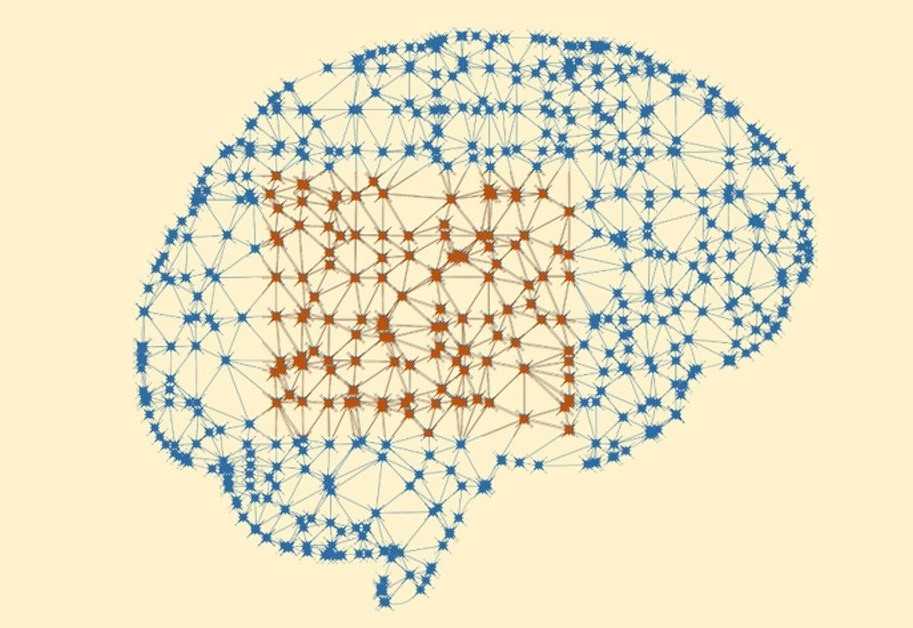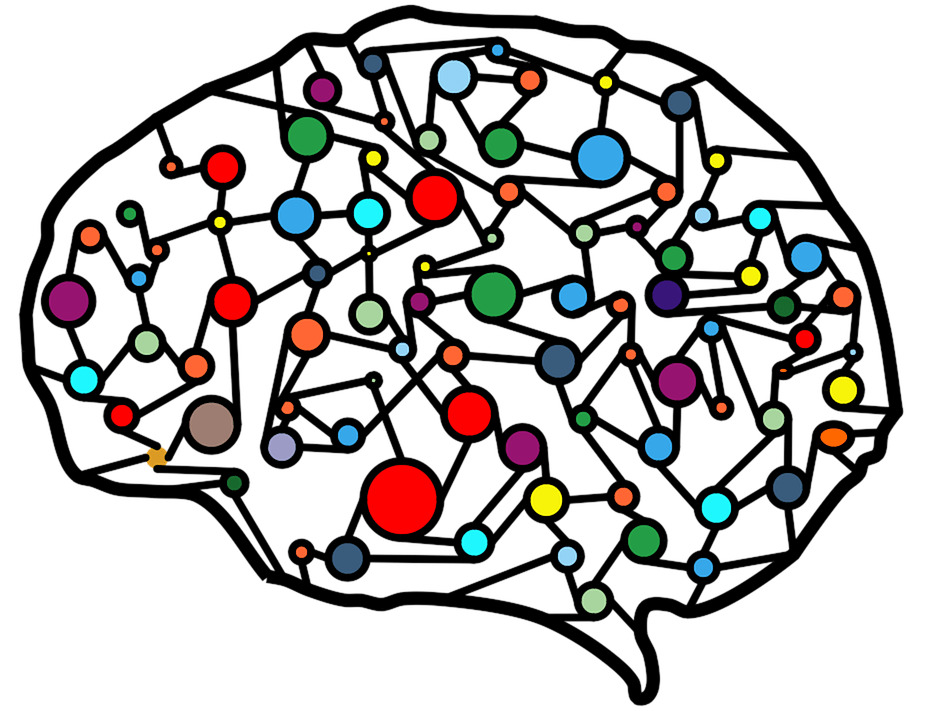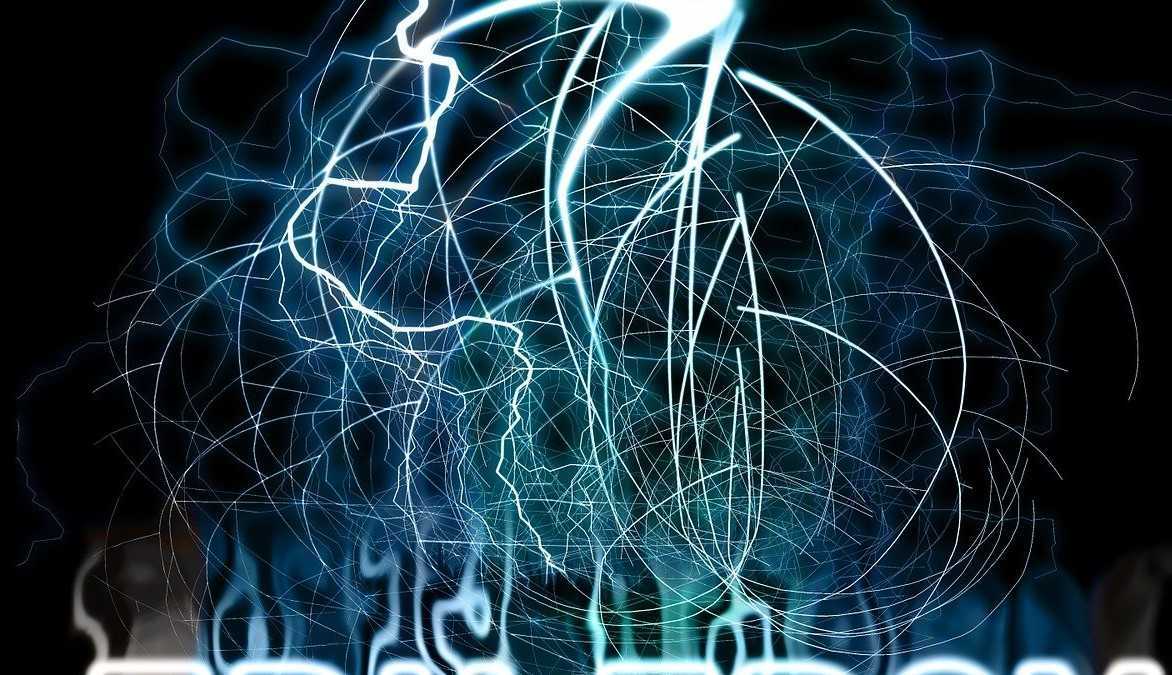New step forward for understanding the intricate processes that occur in the brain during the typical seizures of epilepsy
Epilepsy is a complex disease, often characterized by seizures. Scientists have now developed a mathematical model for understanding this key symptom.

Epilepsy: a problem of synchrony as well
In the healthy brain, the networks of neurons they can behave through harmonized biochemical and electronic states, known as synchronization, or dissimilar states, called desynchronization. These processes are also associated with the attention and memory processes. However, in a brain with a neurological disorder, such asepilepsy, this synchronization can grow to an almost dangerous extent. This happens when a set of brain cells start emitting excess electricity. In fact too much synchronization, such as that which occurs in seizures or Parkinson’s, is associated with the disease and can impair brain function.

Convulsions: a mathematical approach
A team of scientists fromUniversity of Exeter investigated the mechanisms underlying the electrical activity patterns of the accompanying groups of neurons in the brain convulsions. The new studies, published in PLoS Computational Biology and SIAM Journal on Applied Dynamical Systems, show a sophisticated mathematical modeling approach to explore the synchronization of various groups of neurons. The study, carried out at the Center for Predictive Modeling in Healthcare of the University of Exeter and the University of Birmingham, used an extended version of an existing mathematical model. This represents the brain as a network of nodes made by groups of interconnected neurons. Each node can have two stable states: at rest or convulsive. These nodes remain in their current state until they receive the right stimulus that causes them to change to the other state. This stimulus can come from other connected nodes or from external sources. These can be endocrine responses associated with one Emotional state or physiological changes due to the disease.

Epilepsy: domino effect
The research team found that a small change in a knot could have a heavy one Domino effect on others. The addition of a small external stimulus that causes a change caused cascading effects that were difficult to stop. The change resulted in each node transitioning to the active state sequentially. Furthermore, the structure of the system was such that returning to the state of rest took much longer with respect to its release. The new research builds on this “domino effect” to identify the circumstances that bring about these synchronous changes and investigate how they affect the behavior of the entire neuronal network. Although the model is theoretical, synchronous change is inspired by real changes neuronal during epileptic seizures. This shows the general levels and stages that cause the domino effect of the typical changes in epilepsy. Professor Krasimira Tsaneva-Atanasova, co-author of the study, ha declared:
Mathematical modeling of seizure initiation and propagation can not only help uncover the complex underlying mechanisms of seizures, but also provide a means to enable in silico studies to predict the outcome of neural system manipulations.
Follow us in our section sciences for other news!















